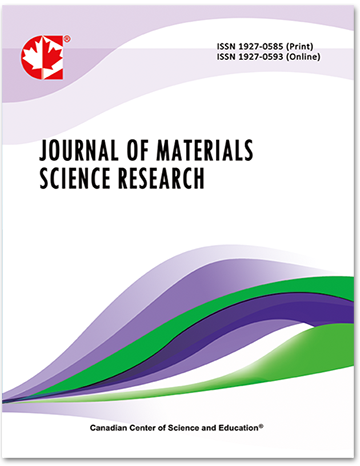Numerical Modeling of Heat Affected Zone Cracking Tendency during Laser and Hybrid Laser-Arc Welding Processes
- Zhiguo Gao
- O. A. Ojo
Abstract
A two-dimensional thermal elasto-plastic numerical model is developed by finite element method to analyze and compare the mechanical driving factor for heat affected zone (HAZ) liquation cracking during laser welding and hybrid laser-arc welding techniques. Calculations of transient temperatures and cooling rates are used in conjunction with solidification theory to analyze weld pool characteristics during weld-metal solidification. The model is successfully verified by comparing calculated and experimental weld bead geometry and secondary dendrite arm spacing within the weld solidification microstructure. Computational analyses by the model provide valuable insights both into the influence of welding parameters on thermally induced strain rate gradient, which influences cracking, and possible reduced HAZ cracking tendency with the application of hybrid laser-arc welding compared to ordinary laser beam welding.- Full Text:
 PDF
PDF
- DOI:10.5539/jmsr.v1n2p42
Journal Metrics
Impact Factor 2022 (by WJCI): 0.583
Google-based Impact Factor (2021): 0.52
h-index (December 2021): 22
i10-index (December 2021): 74
h5-index (December 2021): N/A
h5-median (December 2021): N/A
Index
- CAS (American Chemical Society)
- CNKI Scholar
- Elektronische Zeitschriftenbibliothek (EZB)
- EuroPub Database
- Excellence in Research for Australia (ERA)
- Google Scholar
- Infotrieve
- JournalTOCs
- LOCKSS
- NewJour
- PKP Open Archives Harvester
- Qualis/CAPES
- SHERPA/RoMEO
- Standard Periodical Directory
- Universe Digital Library
- WJCI Report
- WorldCat
Contact
- John MartinEditorial Assistant
- jmsr@ccsenet.org
